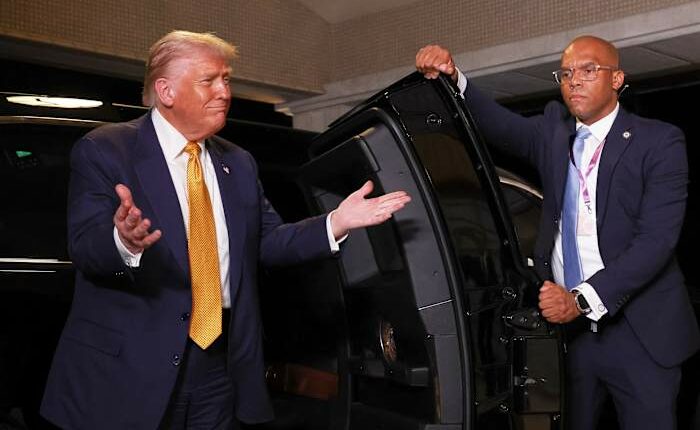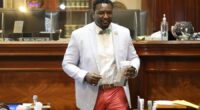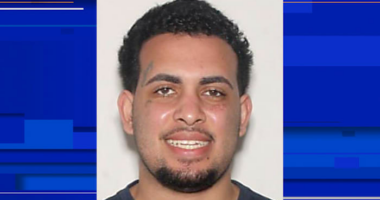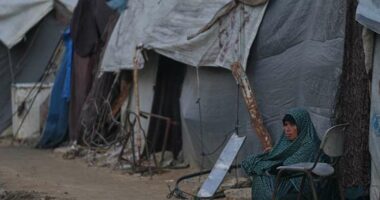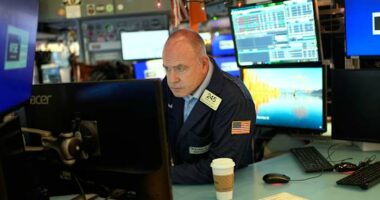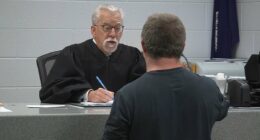Share this @internewscast.com

GYEONGJU – Following a successful diplomatic visit to Japan, where he secured investment commitments totaling $490 billion, President Donald Trump is preparing for a crucial meeting with South Korea’s leader on Wednesday. However, reaching a trade agreement with South Korea remains a challenging task.
Officials from both Washington and Seoul indicate that the major hurdle in these discussions is Trump’s insistence that South Korea contribute $350 billion to the U.S. economy. The logistics of this demand are proving to be complex.
South Korean authorities express concerns that a large cash outflow could destabilize their domestic economy. Instead, they propose offering loans and loan guarantees, along with establishing a currency swap line to manage the monetary flow into the U.S.
This significant gap between Trump’s expectations and South Korea’s capabilities threatens to cast a shadow over the planned meeting between Trump and South Korean President Lee Jae Myung. The discussions are set against the backdrop of the Asia-Pacific Economic Cooperation summit held in the historic city of Gyeongju.
Deputy National Security Director Oh Hyunjoo informed reporters that the negotiations have been progressing “a little bit more slowly” than initially anticipated.
“We are yet to finalize an agreement on key issues such as the investment structures, their formats, and how the returns will be shared,” he stated on Monday.
It’s a contrast from Trump’s experience in Japan, where the government has worked to fulfill its commitment of $550 billion in investments as part of an earlier trade agreement. Commerce Secretary Howard Lutnick announced up to $490 billion in commitments during a dinner with business leaders in Tokyo.
Trump bonded with Japan’s new prime minister, Sanae Takaichi, on his trip Tuesday, taking her with him as he spoke to U.S. troops aboard an aircraft carrier and then unveiling several major energy and technology projects in America to be funded by Japan.
In contrast, U.S. Treasury Secretary Scott Bessent, speaking to reporters aboard Air Force One on Monday, said a deal wasn’t ready in South Korea.
“Just a lot of details to work out,” he said, although he suggested they were close.
For now, South Korea is stuck with a 25% tariff on automobiles, putting automakers such as Hyundai and Kia at a disadvantage against Japanese and European competitors, which face 15%.
Lee took office in June and had a warm meeting with Trump at the White House in August, when he cranked up the flattery. But there’s been points of tension since then, notably a U.S. immigration raid on a Hyundai plant in Georgia in September. More than 300 South Koreans were detained, sparking outrage and a sense of betrayal.
Lee said companies would likely hesitate to make future investments unless the visa system was improved.
“If that’s not possible, then establishing a local factory in the United States will either come with severe disadvantages or become very difficult for our companies,” he said. “They will wonder whether they should even do it.”
South Korea’s Foreign Ministry said in early October that the U.S. had agreed to allow South Korean workers on short-term visas or a visa waiver program to help build industrial sites in America.
Asked Monday about the immigration raid, Trump said, “I was opposed to getting them out,” and he said an improved visa system would make it easier for companies to bring in skilled workers.
While in South Korea, Trump is also expected to hold a closely watched meeting on Thursday with Chinese leader Xi Jinping. Washington and Beijing have clashed over trade, but both sides have indicated that they’re willing to dial down tensions.
He has also dangled the possibility of meeting with North Korean leader Kim Jong Un, expressing disappointment that Kim hadn’t yet responded to his outreach.
“I got along great with Kim Jong Un. I liked him. He liked me,” Trump said. “If he wants to meet, I’ll be in South Korea.”
Trump even said he would be willing to extend his trip — South Korea is his final scheduled stop — if there was an opportunity to talk with Kim.
The two leaders met during Trump’s first term, although their conversations did not produce any agreements about North Korea’s nuclear program.
___
Associated Press writers Kim Tong-hyung and Hyung-jin Kim contributed from Seoul, South Korea, and Josh Boak contributed from Tokyo.
Copyright 2025 The Associated Press. All rights reserved. This material may not be published, broadcast, rewritten or redistributed without permission.
